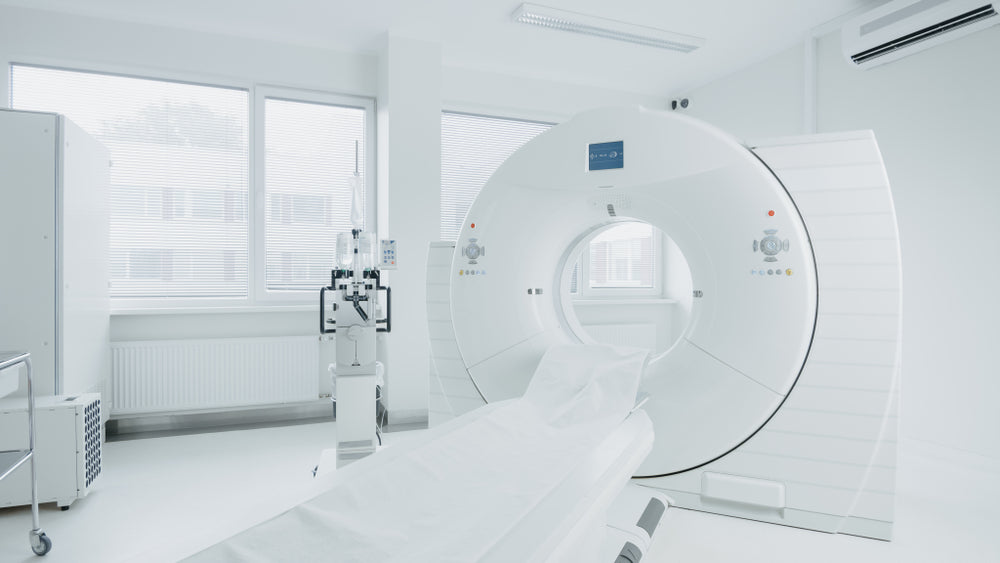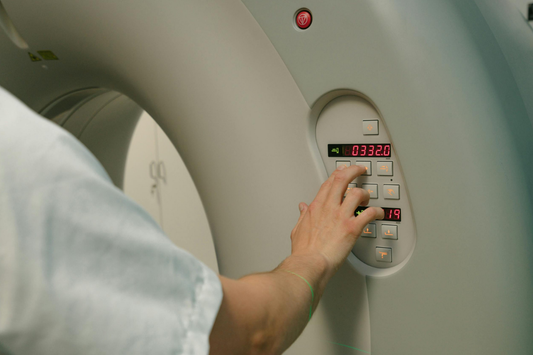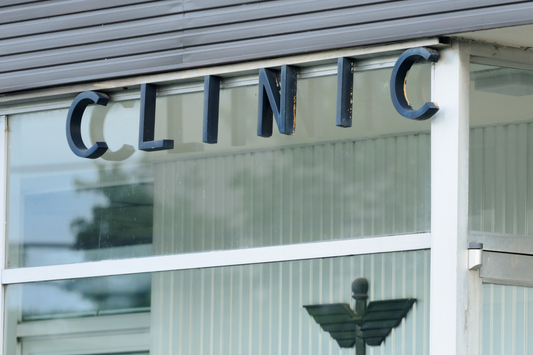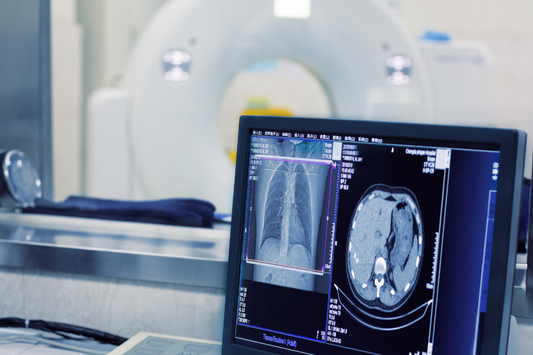
5 Ways a Damaged T/G Backplane Affects Your Medical Imaging Facility
Share
In the fast-paced world of medical imaging, efficiency and accuracy are crucial for providing quality patient care. However, a defective T/G backplane, such as the 46-288910P1, can significantly impact the operations of your medical imaging facility.
It is essential to understand the impact a faulty backplane can have and how it can disrupt the smooth functioning of your facility. Issues like delayed scans and patient dissatisfaction may occur. Understanding these potential issues will help you recognize the importance of maintaining a reliable backplane system.
Delayed Scans
A defective backplane can hamper the smooth operation of your medical imaging scanner, resulting in delayed scans. The 46-288910P1 backplane, when malfunctioning, can cause significant slowdowns in the scanning process. These delays can disrupt scanning schedules and impact patient wait times, potentially leading to frustration and dissatisfaction among patients and staff.
Canceled Appointments
When a scanner becomes non-operational due to a faulty backplane, it may be necessary to cancel appointments. This disruption in the workflow of your medical imaging facility can be a significant inconvenience for both patients and medical staff. Cancellations cause inconvenience and impact the facility's overall productivity, as time slots reserved for specific patients go unused.
Increased Maintenance Time
Diagnosing and repairing a defective backplane can be time-consuming. The extra time required for troubleshooting and fixing the issue can lead to extended downtime for the machine.
The scanner remains unavailable during this period, affecting the facility's ability to provide timely and accurate patient diagnostic services. The 46-288910P1 backplane, if prone to defects, can increase maintenance time, exacerbating the downtime and its associated consequences.
Inaccurate Results
A defective backplane can compromise the image quality and accuracy of scans the medical imaging scanner produces. Poor image quality or inaccurate scans require re-scanning, which consumes additional time and hampers the diagnostic process.
The 46-288910P1 backplane, if malfunctioning, can contribute to distorted or unreliable images, affecting the accuracy of diagnoses and potentially delaying crucial medical decisions.
Patient Dissatisfaction
Frequent delays and cancellations due to a defective backplane can lead to patient dissatisfaction. When patients experience disruptions or prolonged wait times, they may feel let down by the facility's service quality.
Dissatisfied patients can share their negative experiences, harming the reputation of your medical imaging facility. A damaged reputation can have far-reaching consequences, including decreased patient referrals and reduced trust in the facility's diagnostic capabilities.
Check Out Our 46-288910P1 T/G Backplane!
The smooth functioning of a medical imaging facility depends on reliable equipment, including a properly functioning T/G backplane like the 46-288910P1. A defective backplane can cause delayed scans, canceled appointments, increased maintenance time, inaccurate results, and patient dissatisfaction.
Recognizing the potential issues associated with a faulty backplane highlights the importance of proactive maintenance and swift repairs to ensure uninterrupted operations and high-quality patient care. By prioritizing the maintenance and replacement of defective backplanes, you can enhance your medical imaging facility's efficiency, accuracy, and reputation.



